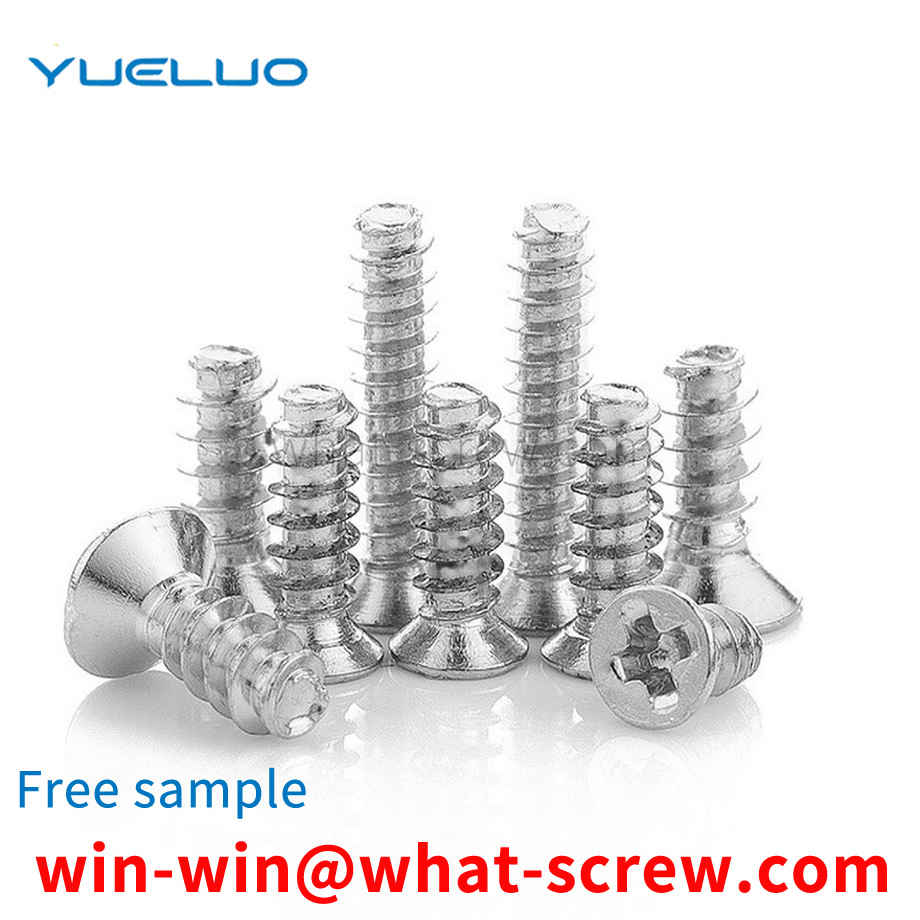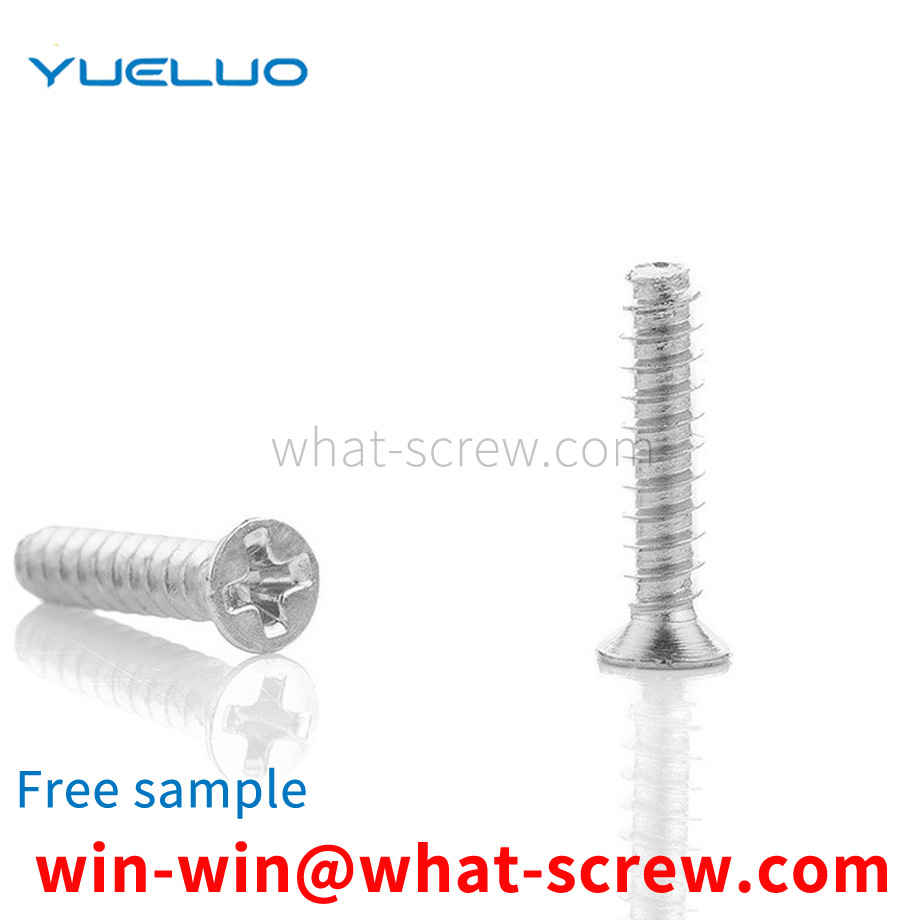The isolating switch in the substation has a large workload for maintenance. The transmission parts such as the isolating switch connecting rod are mostly connected by cylindrical pins. The shaft-pin fit is generally 1mm, which is tight. If the cylindrical pin is disassembled during the maintenance process, it is often due to corrosion and mechanical deformation. It is difficult to proceed smoothly for other reasons, and if the working environment is a small space, it is more difficult to disassemble. In traditional operations, grinding, hard prying, or beating with a hand hammer are often used to disassemble, which will further deform the pins, and when the space is small, it is difficult to use tools such as hand hammers. solve.
Bolts are widely used in the machinery industry. AdelaideRound head bolts are generally fixed in equipment parts, but during long-term use, due to external force or vibration of the equipment itself, the bolts are loosened, and the bolt heads have a long-term use process. A fatal disadvantage is that it is prone to slippage, which can cause major safety hazards and economic losses to users in severe cases.
At present, in the process of injection molding, stamping, testing, etc., the product is usually positioned on the mounting plate or the positioning plate by pins. The general pin positioning method uses cylindrical pins with the same cross-sectional diameter for positioning. Because the product is easily deformed during processing, the pin positioning hole on the product is also deformed. With this kind of pin for positioning, the pin is often stuck. Dead products cause inconvenience in handling the workpiece, resulting in broken pins or scratched or even damaged products, with obvious defects.
The diameter, length and quantity of the Adelaidestud bolts shall meet the requirements, and the type and material of the Adelaidestud bolts shall be determined by the grade. There are two types of commonly used Adelaidestud bolts (also known as full-threaded studs). The thread is divided into two types: coarse thread and fine thread. The coarse thread ordinary thread is expressed by M and the nominal diameter, and the fine thread ordinary thread is expressed by M and the nominal diameter × pitch. The fastener standard stipulates that M36 bolts use coarse thread, M36 and above diameters can use fine thread, and the pitch is 3. bm=1d studs are generally used for the connection between two steel connected parts; bm=1.25d and bm=1.5d studs are generally used between cast iron connected parts and steel connected parts The connection between the two; bm=2d double-ended stud is generally used for the connection between the aluminum alloy to be connected and the steel to be connected. The former connector has internal threaded holes, and the latter connector has through holes. The threads at both ends of the equal-length studs need to be matched with nuts and washers, and are used for two connected parts with through holes. One end of the welding stud is welded on the surface of the connected piece, and the other end (threaded end) passes through the connected piece with a through hole, and then the washer is put on, and the nut is screwed on, so that the two connected pieces are connected as a whole.
In specific implementation, the axial three-dimensional shape of the nut and the screw head is in the shape of a pentagonal frustum, the elastic surface of the screw is parallel to the center line of the bolt, and the upper contour line is arc-shaped; the screw can be full or partial thread; the top of the screw head The shape is round.
We have many years of experience in the production and sales of screws, nuts, flat washers, etc. The main products are: H62 copper DIN933 screws, screws with washers, purple nuts, connection buckle nut buckles and other products, we can provide you with suitable fasteners for you solution.



















 Service Hotline
Service Hotline




